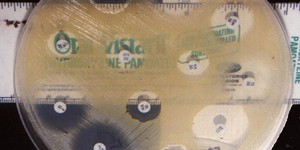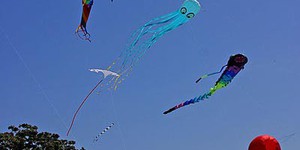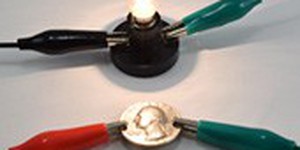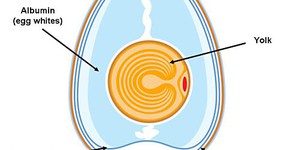Home Science Projects (150 results)
- Use readily available materials.
- Can be completed in a few hours.
To find other projects you and your student would enjoy, browse the complete library or use the Topic Selection Wizard to see a list of recommendations that match up to your interests.
|
Skyscrapers are impressive structures. What does it take to design a building so tall? Engineers use strong materials and innovative design to push the limits of gravity. They use special tables to simulate earthquakes and test models of their buildings. In this project, you will build your own earthquake table and see how tall you can make a tower out of LEGO® bricks. You can even measure how hard your earthquake table shakes using the accelerometer of your smartphone and a sensor app.
Read more
Featured
Have you heard that garlic powder is supposed to inhibit the growth of bacteria? Which do you think would make a better disinfectant: a solution of garlic powder or a solution of bleach? This project shows you a straightforward way to compare the effectiveness of different disinfectants (or other antimicrobial agents), by measuring zones of inhibition on a culture plate.
Read more
When your parents were kids, they probably wore polyester. Static cling was a major household issue! Now everybody wears cotton, which does not get static cling nearly as much. Why are some materials more susceptible to static cling than others? Investigate how well different materials produce static electricity by making a homemade electroscope and testing it out in this science project.
Read more
One of America's favorite snacks is potato chips. Although potato chips are very tasty, some varieties are not very healthy for you. A typical 1-ounce (oz.) serving of a well-known national potato chip brand contains 150 calories, 90 of which are from fat. How greasy are your favorite potato chips? Try this science fair project, and you'll get a visual understanding about how much oil a potato chip can hold.
Read more
Kites have been a source of entertainment for centuries for kids from cultures around the world. In this science project you will have a chance to build your very own kite, a simple sled kite. Then you will use it to investigate how kites fly. Will you find out the best way to fly your kite?
Read more
Do you ever wonder how markers are made? Where do all of those colors come from? Many of the colorful dyes we use come from plants. Could you create vibrant colored natural dyes? Could you turn these dyes into art supplies? You can! In this science project, become a scientist and engineer and make your own marker using homemade plant dye!
Read more
Do you live someplace where you get to experience the full glory of all four seasons? If so, you know well the heady blossoms and dramatic skies of spring; the long, sun-drenched days of summer; the trees shaking in crimson and gold in fall; and the sparkling, brittle snows of winter. But you might not know why we have these seasons, over and over again, in a cycle as predictable as the rising and setting of the Sun. The reasons for the seasons are surprising and have to do with Earth's tilt…
Read more
Electricity powers many of the devices we use every day, from lights to video games and computers. Engineers have to use certain materials to make electrical devices work. In this experiment, you will find out which materials let electricity flow through them (conductors) and which ones prevent electricity from flowing through them (insulators).
Read more
Have you ever wondered how a chick breathes inside its shell? Every animal needs oxygen to survive, so the chick must get air somehow! Try this science project to discover the answer.
Read more
If you have ever been shot with a rubber band then you know it has energy in it, enough energy to smack you in the arm and cause a sting! But just how much energy does a rubber band have? In this experiment you will find out how the stretching of a rubber band affects the amount of energy that springs out of it.
Read more
Of course it can, you say: ice is water and ice floats! And you're right. But we're talking about water in the liquid phase (the title reads better without getting overly specific). So how about it? Can liquid water float on water? Check out this project to find out.
Read more
|
Explore Our Science Videos
Liquid Density Column – STEM Activity
Make a Paper Lantern STEM Activity
Vibration & Sound: Make Sprinkles Dance















